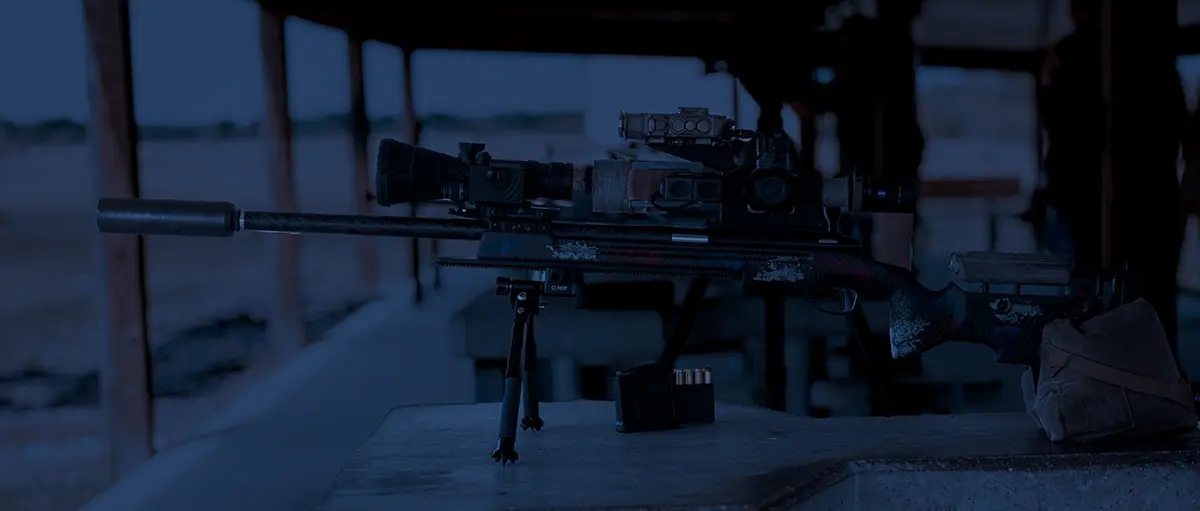
This product is not exportable outside the United States.
By adding this item to cart, you agree and acknowledge the Export Policy and confirm that you are a person in the United States with no intentions to illegally export the device.
This product is not exportable outside the United States.
By adding this item to cart, you agree and acknowledge the Export Policy and confirm that you are a person in the United States with no intentions to illegally export the device.


0

0


Long-range shooting at night presents unique challenges that demand precision, patience, and the right technology. Historically, the absence of light limited visibility and accuracy, but with the evolution of night vision technology, shooters can now engage targets with remarkable clarity under the cover of darkness at similar distances that snipers and long-range target shooters are used to during the day.
Night vision technology allows users to see in low-light conditions or even total darkness, primarily through two methods: image enhancement and thermal imaging. Image enhancement works by collecting tiny amounts of light, including the lower portion of the infrared light spectrum, which is invisible to the human eye, and amplifying it to a level that our eyes can see. Thermal imaging captures the upper part of the infrared light spectrum, which is emitted as heat by objects instead of reflected as light. It then renders it as an image. Both technologies are crucial for various applications, from combat, to hunting, to target shooting.
For long-range night vision shooting applications, the most effective piece of equipment would most definitely be a Night Vision Clip-on Device.
Night Vision Clip-ons have pretty much all of the same basic components as a traditional night vision monocular would have, such as the image intensifier tubes, and battery system, but with a few additional enhancements to the lenses, housing, and mounting system to allow the user to effectively convert their day scope into a night vision scope by mounting the Clip-on Device directly in front of your daytime optic.
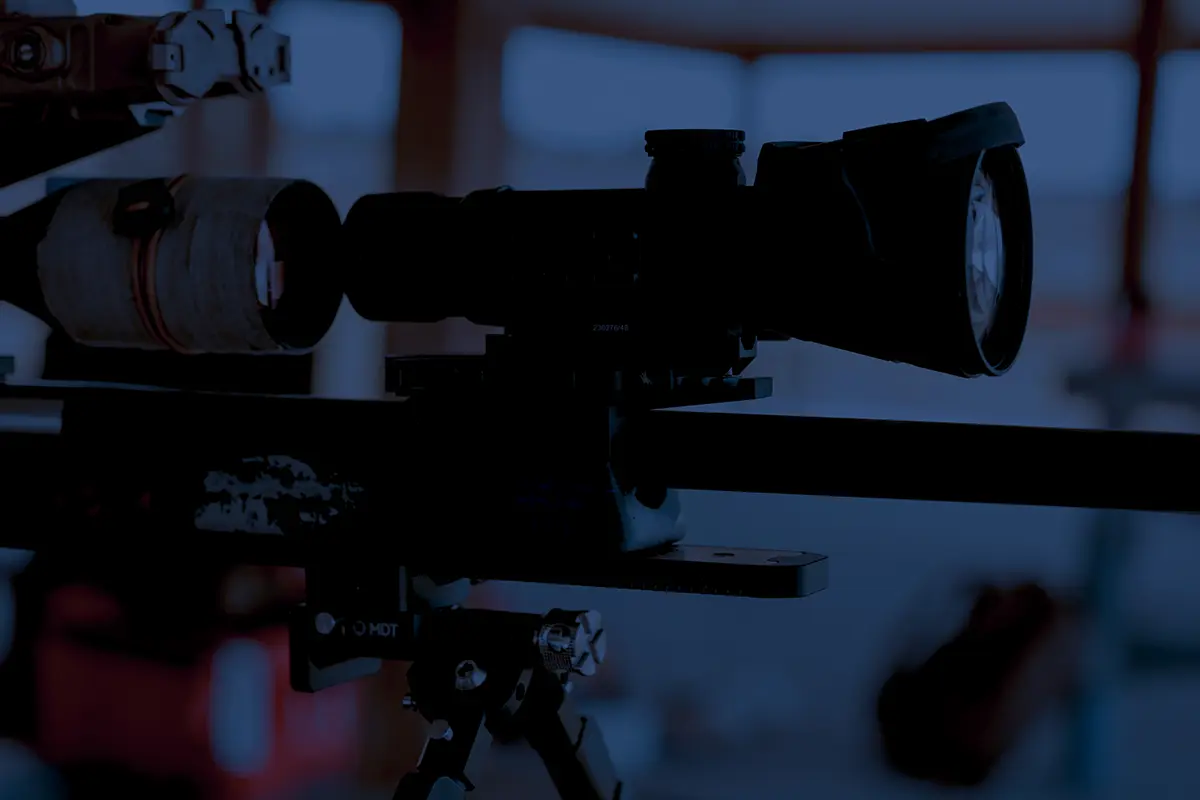
To get more of a first-hand experience with the true capabilities of Night Vision Clip-ons, our team here at AGM Global Vision had the awesome opportunity to spend a few days of training with CR2 Shooting Solutions.
CR2 offers training courses covering: Marksmanship, Reconnaissance and Surveillance, and Communications. Utilizing broadly available commercial technologies such as Lasers, Night Vision, Ballistic Solvers, and Commercial-off-the-shelf drones.
Our instructor Chris Roberts did an outstanding job with teaching the AGM Team how to properly apply the fundamentals of marksmanship, how to carry those fundamentals over to nighttime applications, and the proper use and manipulation of our gear and equipment.
CR2 Solutions has extensive experience in real-world applications for night vision and marksmanship working with multiple military organizations. Check out their website HERE to learn more about them!
If you’re just considering buying a night vision clip-on, or if you are interested in investing in professional training focused on its use. Here are the key things you should know before getting started.
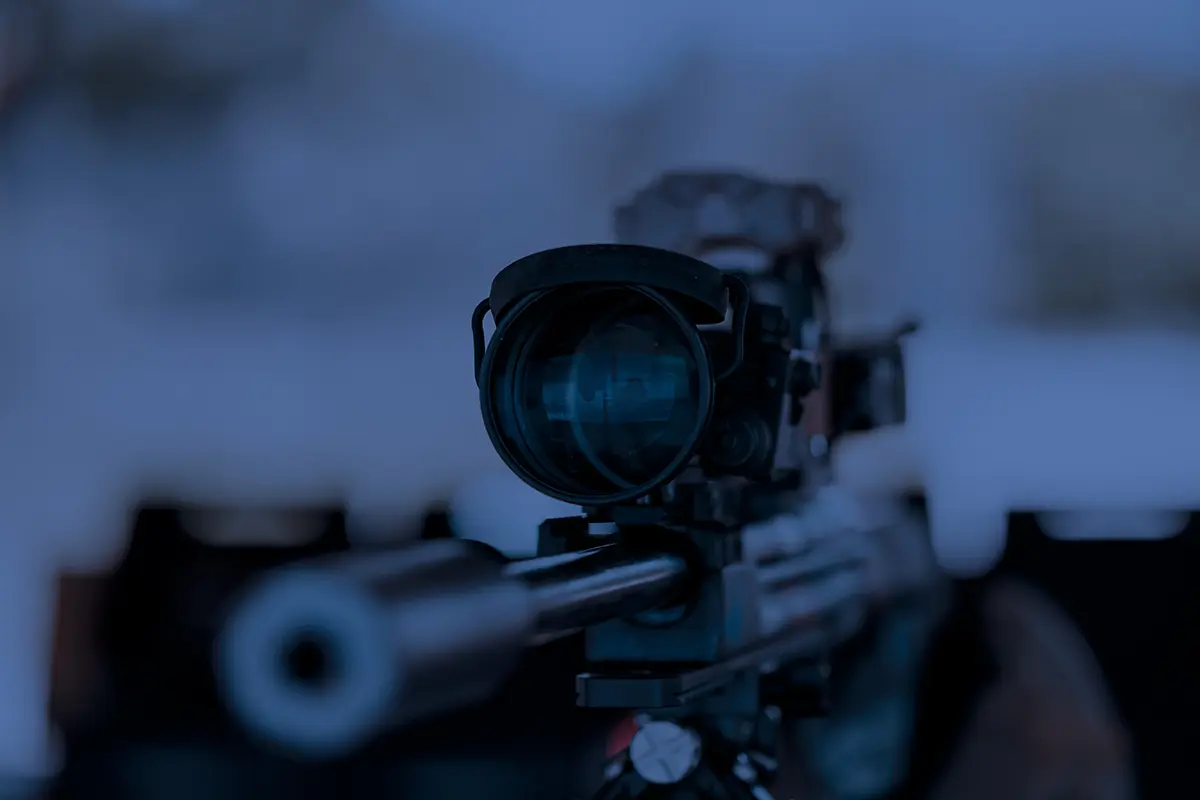
The AGM Global Vision Comanche-40 Night Vision Clip-On (NVCO) system stands out as a premier solution for enhancing night-time shooting accuracy and vision. Its innovative design seamlessly integrates with existing day scopes without the need for re-zeroing, offering unmatched operational flexibility and performance.
Clip-on systems like the Comanche-40 offer significant advantages:
Weather Conditions: Factors such as fog, rain, or high humidity can significantly impact the effectiveness of night vision technology by scattering or absorbing infrared light. Understanding how different weather conditions affect visibility is crucial for adjusting your tactics and equipment settings.
Terrain Features: The layout of the land—whether open plains, dense forests, or urban environments—will influence the kind of night vision device you choose and how you employ it. Terrain also affects how light behaves, which can impact the performance of your NVD.
Ambient Light Conditions: The amount of available natural light (moonlight, starlight) or artificial light (street lamps, building lights) can enhance or degrade the performance of night vision devices. Knowing how to maximize the benefits of ambient light while minimizing its disadvantages is essential for successful night-time shooting.
Altered Depth Perception: Night vision devices can flatten the perceived image, which might distort the shooter's ability to judge distances accurately. Training and experience are necessary to compensate for these effects, especially when identifying and engaging targets at varying ranges.
Distance Estimation: Night vision can make objects appear closer or farther away than they actually are. Users must familiarize themselves with their equipment’s particular characteristics and possibly rely on range finders or pre-determined range markers to ensure accuracy.
Compliance with Laws: Night vision devices are regulated by various international, federal, and state laws. It’s crucial to understand these regulations, which can dictate who can use NVDs, how they can be used, and in what settings they are permitted.
Transport and Export Restrictions: Many countries have specific rules about exporting night vision technology, which could include criminal penalties for non-compliance. Always check local laws and regulations before traveling with or shipping night vision equipment.
Safety Protocols: Always ensure that your firearm is unloaded when attaching or adjusting any night vision equipment. Practice safe firearm handling protocols at all times to prevent accidents.
Training and Familiarity: Given the potential complexities of using night vision gear, adequate training is essential. Practicing in various environmental conditions is advisable to become proficient with the operational characteristics and limitations of the equipment.
Aside from the Night Vision Clip-on device, the necessary support equipment needed for Long Range Night vision shooting is incredibly similar aside from a few key pieces of gear that will make things run much smoother.
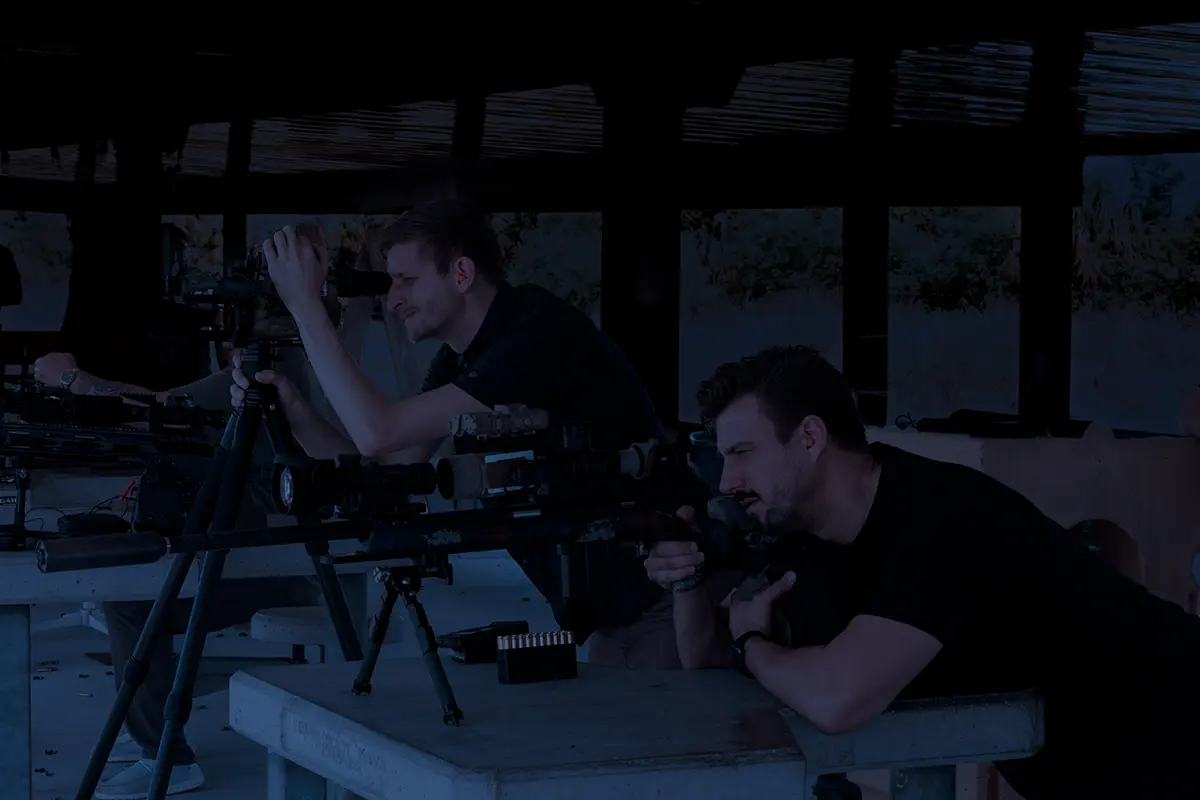
As mentioned, multiple factors come into play such as environment, equipment, shooting skills, etc. But with the help of our support equipment, instructor, and the AGM Global Visions Comanche 40 Night Vision Clip-on, the AGM Team was consistently connecting with stationary targets out to 1000 yards in total darkness.
Modified: May 13, 2024 | 10:29 pm
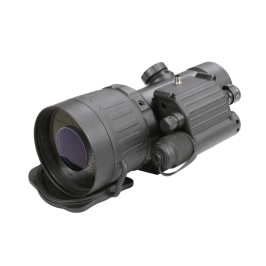
Sold out
Table of contents
Featured Articles
Know more about night vision and principles of its work with www.agmglobalvision.com..